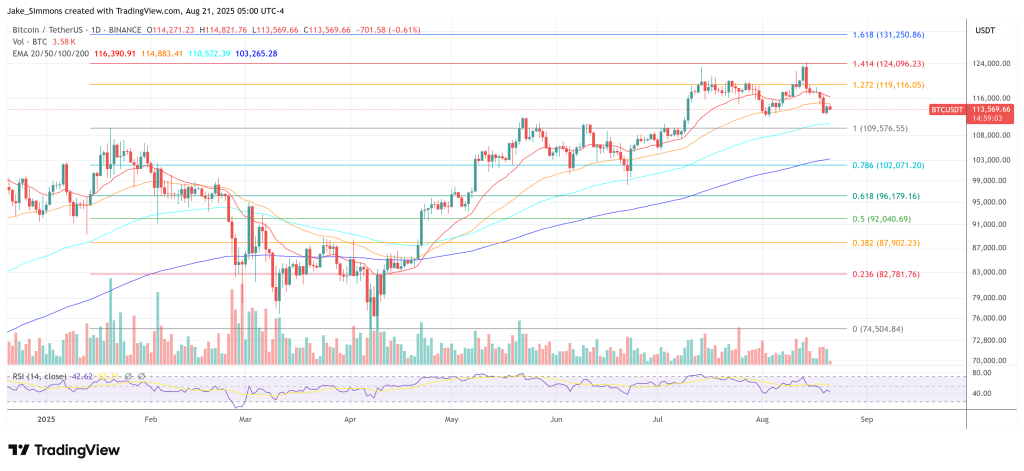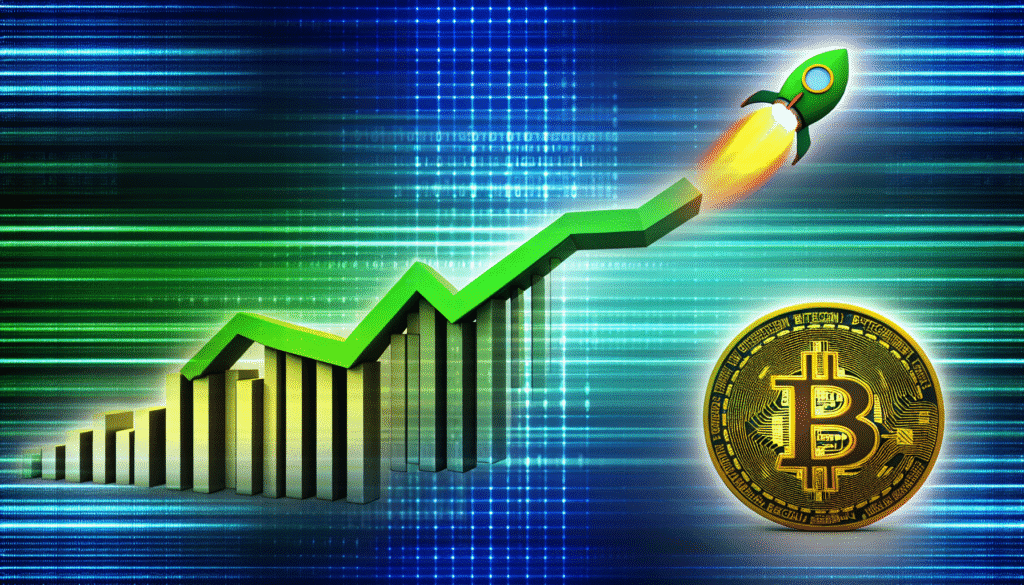Reasons to Believe

A rigorous editorial standard prioritizing accuracy, relevance, and neutrality
Crafted by professionals with industry expertise and thoroughly vetted
Upholding the highest reporting and publishing benchmarks
A rigorous editorial standard prioritizing accuracy, relevance, and neutrality
Morbi pretium leo et nisl aliquam mollis. Quisque arcu lorem, ultricies quis pellentesque nec, ullamcorper eu odio.
Arthur Hayes posits that emerging US policy trends towards extensive money creation, potentially scaling Bitcoin to “multi-million” levels—and in an extreme case, even $15 million per coin. During an engaging interview led by CoinFund’s Chris Perkins, the BitMEX co-founder and notable macro strategist linked Bitcoin’s trajectory directly to an impending political and institutional clash at the Federal Reserve, asserting that Jerome Powell can stall but cannot ultimately avert aggressive stimulus under a Trump administration.
Could Bitcoin Reach $15 Million Under Trump?
From Jackson Hole, where markets anticipate Powell’s comments, Hayes characterized the near-term situation as a challenge to the Fed chair’s pride and independence amidst visible political pressures. “Supposedly Powell is this Volcker 2.0… Do I think there’s a high probability that Powell sticks it out and just says f*** you to Trump and doesn’t cut just because he’s a human and human beings don’t like to be put in these sort of situations? Yes,” Hayes articulated.
He continued, stating that although “eventually the Fed will cut at some point,” the chair might withhold indications of forthcoming easing now to showcase autonomy: “What a better way to prove that you are an independent monetary actor than to say no, I’m sticking with my guns.”
Further Reading
However, that stance only delays what Hayes perceives as the unavoidable: a blatantly inflationary policy approach once Powell is either replaced or overridden. “Trump and Scott Bessent have outlined precisely what they intend to accomplish. Run it hot, inflationary,” he asserted, utilizing the discussion to elaborate on a thesis he plans to unveil next week concerning how Washington could leverage stablecoins to fund the state while diminishing the Fed’s control over short-term rates. In a statement that serves as both a meme and policy critique, Hayes previewed his perspective: “I changed the meme… it’s going to say it gets, you know, it puts the dollars on its skin or it gets the sanctions again.”
Hayes argues the policy mechanism is simple: draw trillions from the offshore eurodollar system into on-chain dollar stablecoins by withdrawing practical guarantees for non-US bank branches and by enabling US big-tech platforms to distribute yield-bearing dollar accounts globally—backed by Treasury bills. He estimates the total accessible pool at $10–13 trillion from eurodollars alone, along with additional “foreign retail deposits” across developing markets.
Once that capital is in stablecoins, he argues, the Treasury can issue bills “at whatever price [it] wants, unconstrained by what Powell or whoever his successor does,” effectively neutralizing Fed funds while creating a “sink of tens of trillions of dollars” to cover deficits. The geopolitical enforcement mechanism, as he describes, is straightforward: deny access to US financial systems—or sanction foreign elites—if local regulators resist.
Further Reading
He asserts that the market impact is definitively bullish for crypto. With on-chain dollars offering a modest yield, users can seamlessly transition into basis-trade tokens, make purchases with crypto cash cards, and use stablecoins as collateral across DeFi. “TVL… should escalate into the tens of trillions rapidly if… US monetary authorities commit to this national policy supporting stablecoins and distributing dollars globally.”
In this context, Hayes positions Bitcoin at the pinnacle of the risk landscape. He refers to it as “the best performing asset in human history since its inception in 2009,” and dismisses the perception that latecomers have missed out: “I wouldn’t claim that just because you’re entering in 2025 and Bitcoin’s at 120,000, you’ve missed the opportunity. We still have a long journey ahead.”
When asked about price, Hayes connects the $15 million figure to a specific personnel change at the Fed: “If that guy [Zervos] comes in, you know, Bitcoin will be at like 15 million because he’s just going to implement yield curve control, you know, printing money, immediate 300 basis point cuts.”
Although not a primary scenario, this illustrates his belief that the political economy forecasts a tendency towards looser policy—and correspondingly higher Bitcoin value. In the short term, Hayes remains fully invested and is ready to capitalize on weakness around Jackson Hole. “If… Powell… refrains from discussing cuts at all and the market plummets 15–20%, I’ve got some extra cash and I’ll be going shopping.”
At the time of writing, BTC was valued at $113,569.

Featured image created with DALL.E, chart from TradingView.com

